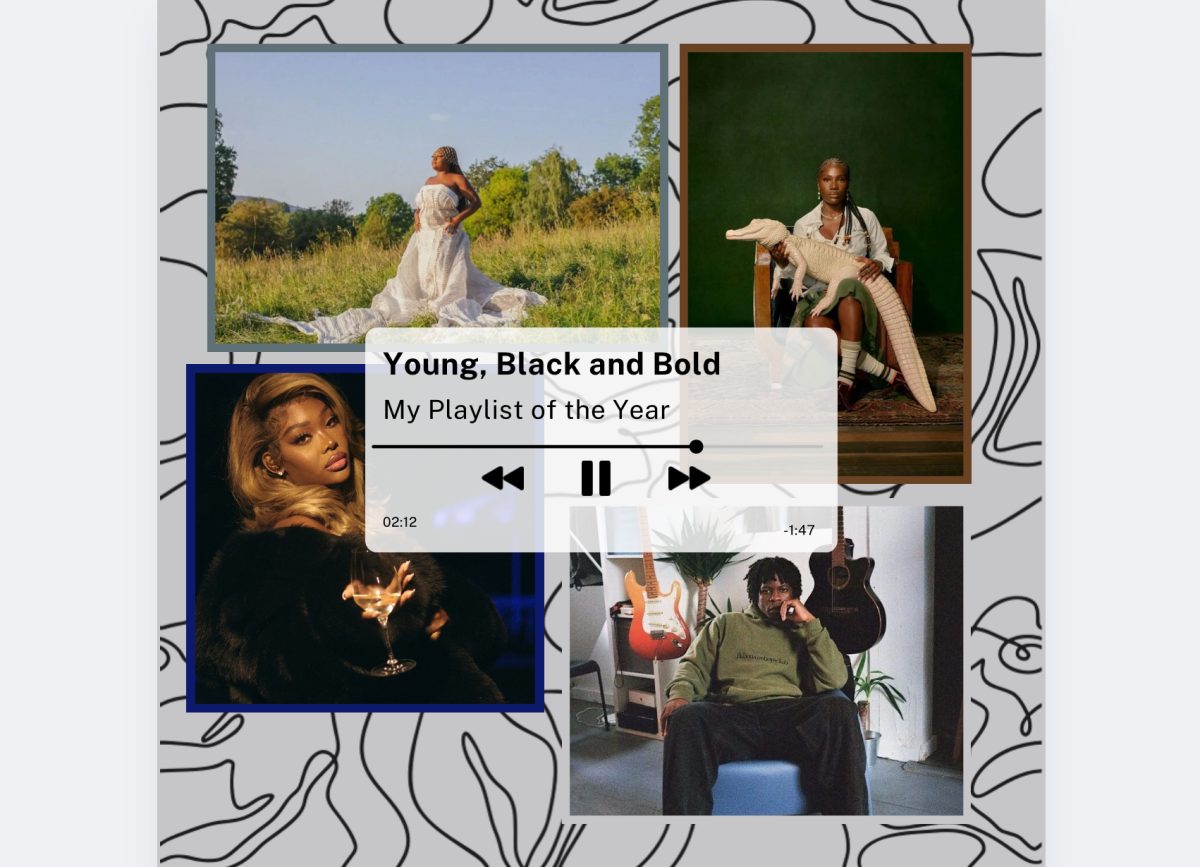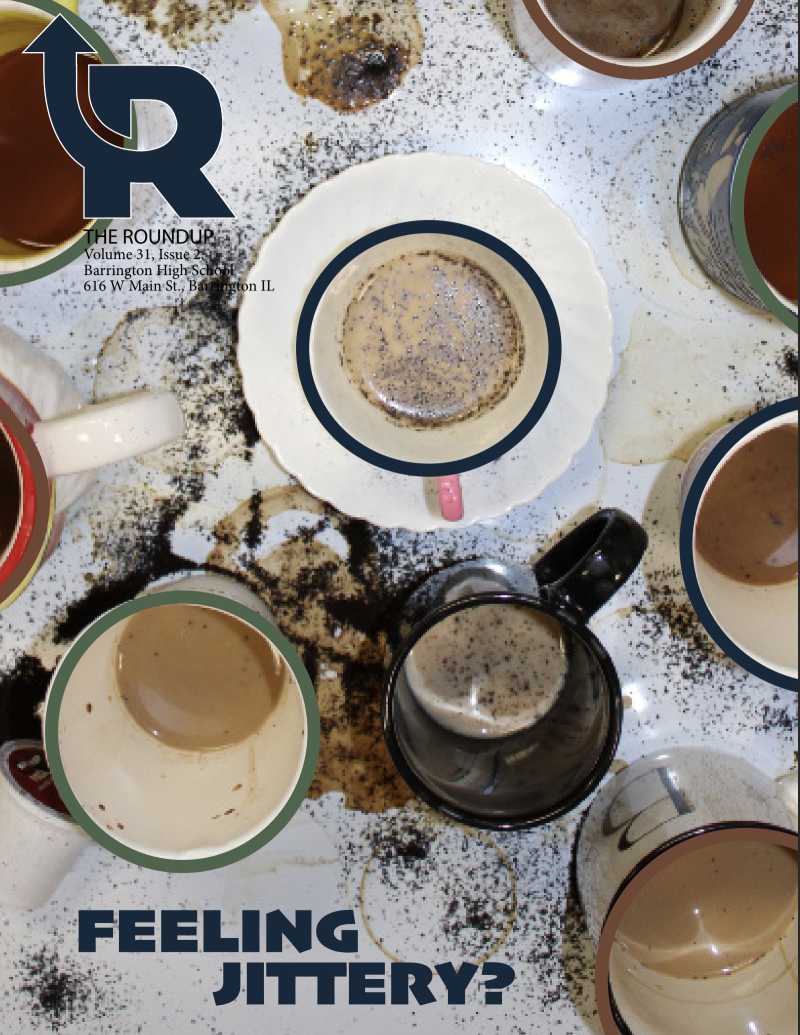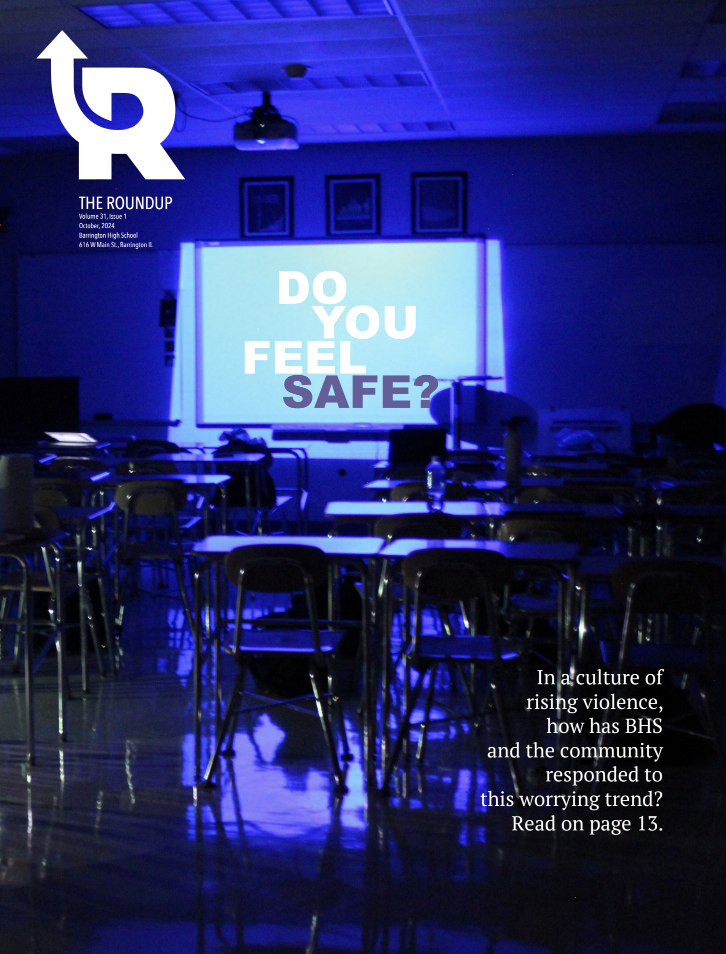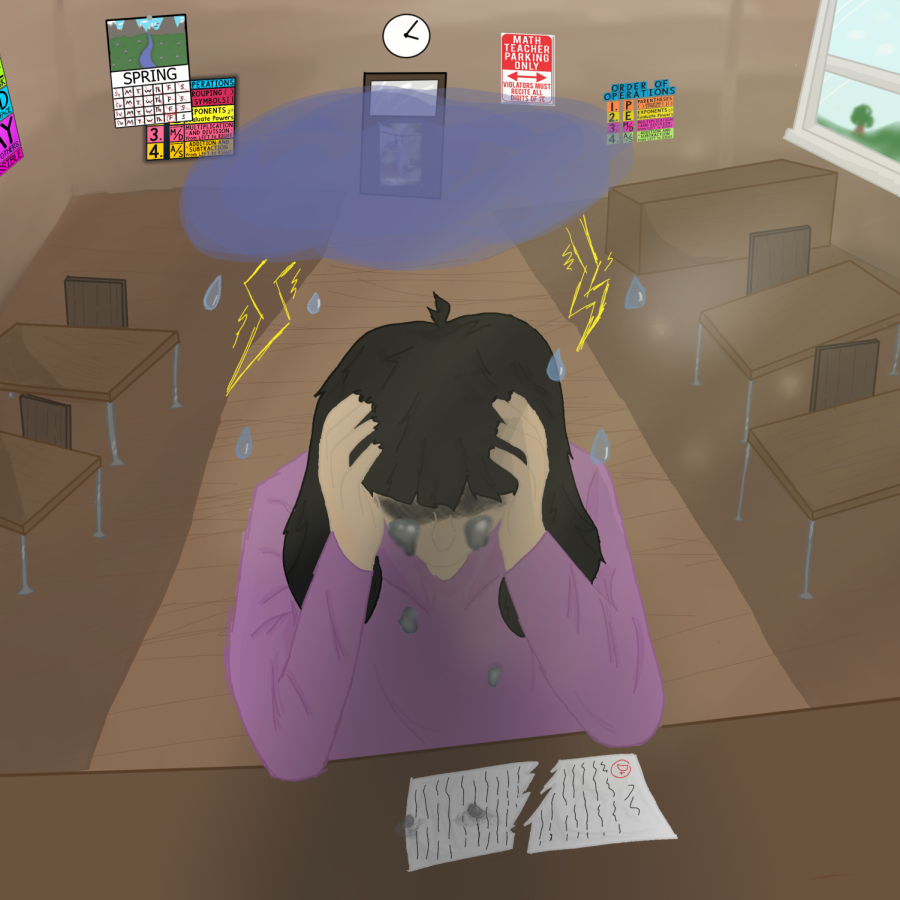The effects of seasonal depression
For most students, the arrival of colder months brings excitement, but for others, a drop in temperature indicates an oncoming drop in emotional wellness and motivation.
Seasonal affective disorders, or even smaller-scale mood changes due to season transitions, are mental-emotional conditions where a decrease in sunlight has a dramatic effect on mood. Vitamin D deficiency can lead to depression and increased anxiety in teens and adults.
So why does this all go unchecked? Higher hormone levels and a universal “moodiness” in teenagers often creates a destructive stereotype that a majority of problems faced by teens ages 13-18 is a direct result of the highly emotional time period associated with their age. Emotional issues that are taken seriously in adults are too often overlooked in teenagers.
Many students find their own moods affected by weather or season change. Junior Ella Ricuarte experiences symptoms of seasonal mood change.
“I stop feeling like myself once January and February hit. I start feeling less motivated, and more tired and frustrated.” Ricuarte said.
While sunlight consumption decreases slightly earlier than January, the holiday season is enough to prevent kids from noticing a dramatic drop in mental health.
“After the holidays, all the excitement is gone. Yes, it’s a new year, but with that comes a lot of stress that comes with the second semester of school.” Ricuarte said.
These effects stretch past a lack in charisma, a lack of sunlight consumption has a dramatic impact on many different areas of a teenagers day-to-day life.
“I definitely noticed changes in school and my social life, as well as in areas like sports. On days when it’s gloomy out and I don’t feel like myself, I get in this mood where I don’t enjoy hanging out with my friends or family and I just want to be alone,” Ricuarte said. “I don’t want to do my work, I want to give up and find myself thinking there’s just no point in doing it.”
Standoffish behavior is very common for students during the colder months. Ella Ricuarte notes that she has noticed similar behavior in her peers.
“I can see a shift in mood with my friends when they’re having an off day. And I can see how it influences their social life, their relationships and how they act in school in general.” Ricuarte said.
A main source of stress for students during colder months comes from the workload they are assigned in school.
“I think that if teachers could find a way to organize a structured schedule for tests, students wouldn’t be overwhelmed with so much work every night.” Ricaurte said. “Different department heads could discuss different days of the week for their tests, and have a schedule they could use to divide up work so students aren’t forced to prepare for 3-4 assessments in one day.”
Junior Rose Abrahamson also finds that both her and her peer’s moods align with the study that a lack of sunlight consumption can cause significant mood changes in teens.
“I’ve noticed this point, so many people in my classes are unmotivated and just tired of winter.” Abrahamson said.
While many students find themselves struggling with an excess of work while facing a steep drop off in motivation, very little aid is provided.
“Today, people kind of expect the youth to struggle. Too many problems are just blamed on being a teenager.” Abrahamson said. “It needs to be taken more seriously.”
Your donation will support the student journalists at Barrington High School! Your contribution will allow us to produce our publication and cover our annual website hosting costs.































































